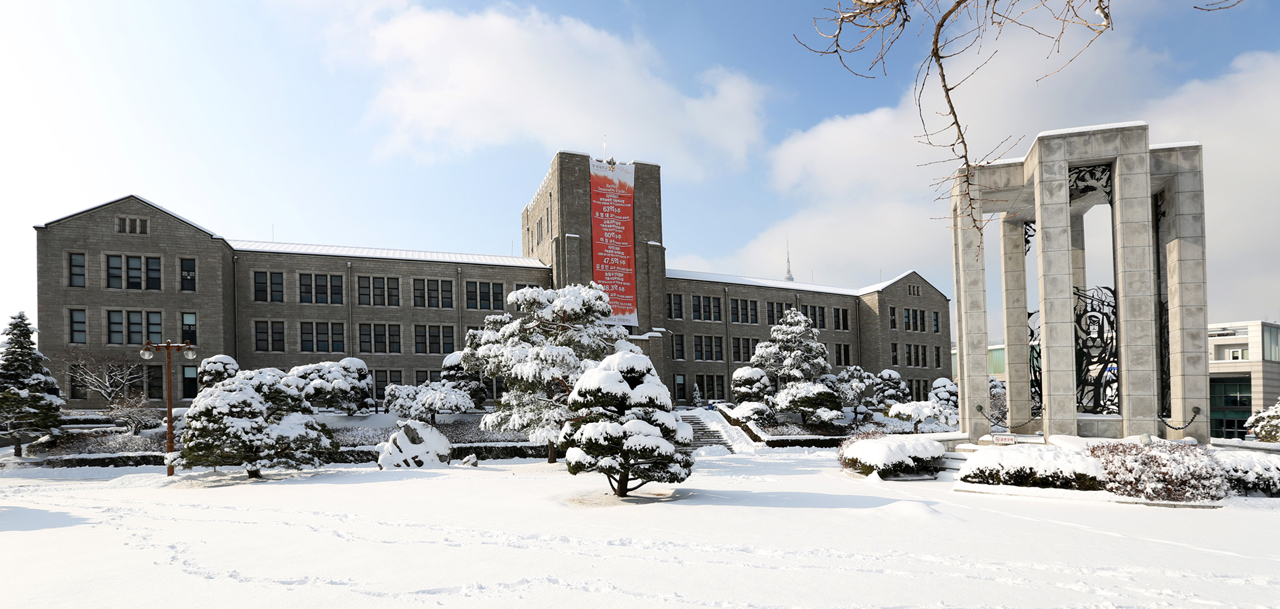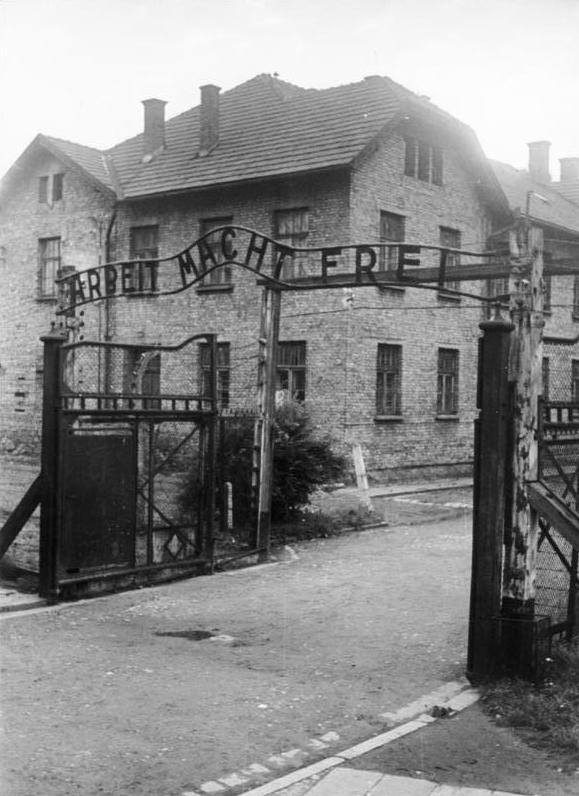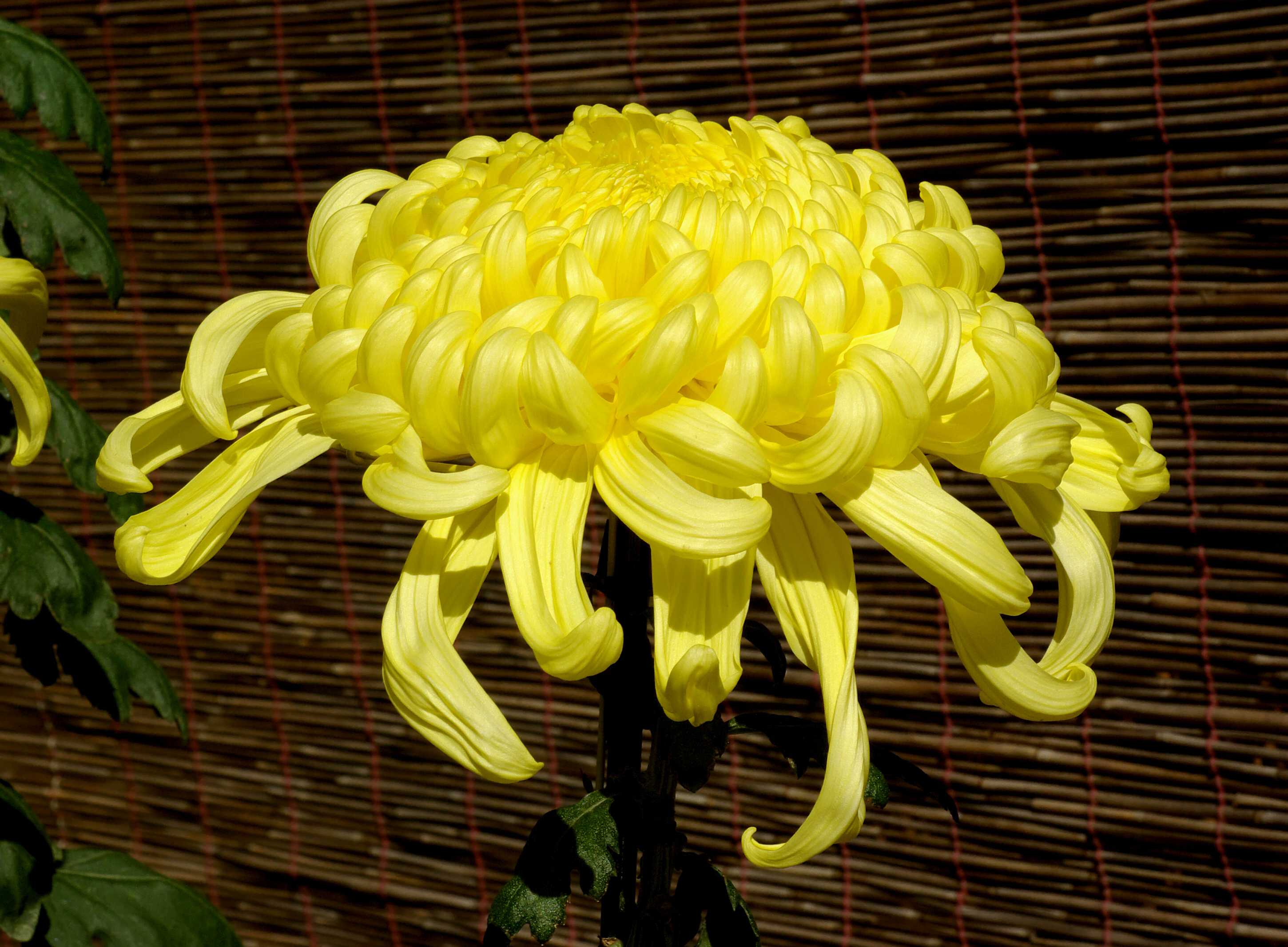|
Moon In-soo
Moon In-soo (2 June 1945 – 7 June 2021) was a South Korean poet. Life Moon In-soo was born in June 1945 in Seongju County, North Gyeongsang Province. He studied Korean literature at Dongguk University but dropped out. Moon began his literary career in 1985 when he published (능수버들 A Weeping Willow) in ''Shimsang''. He has published several poetry collections. Moon won the 14th Daegu Literary Award in 1996, the 11th Kim Daljin Literary Prize in 2000, the 3rd Nojak Literature Prize in 2003, the 11th Poetry and Poetics Award in 2006, the 17th Pyeon-un Literature Award in 2007, and the 10th Korea Catholic Literature Award for Poetry in 2007, as well as the Midang Literary Award in the same year. Ra Heeduk has said that Moon In-soo's poetry is "an earnest prayer from the bottom, and a beautiful dedication to the air above." Works Poetry collections * (늪에 늪이 젖듯이 As the Swamp Becomes Wet in the Swamp), Shimsang, 1986. * (세상 모든 길은 ... [...More Info...] [...Related Items...] OR: [Wikipedia] [Google] [Baidu] |
South Korea
South Korea, officially the Republic of Korea (ROK), is a country in East Asia, constituting the southern part of the Korea, Korean Peninsula and sharing a Korean Demilitarized Zone, land border with North Korea. Its western border is formed by the Yellow Sea, while its eastern border is defined by the Sea of Japan. South Korea claims to be the sole legitimate government of the entire peninsula and List of islands of South Korea, adjacent islands. It has a Demographics of South Korea, population of 51.75 million, of which roughly half live in the Seoul Capital Area, the List of metropolitan areas by population, fourth most populous metropolitan area in the world. Other major cities include Incheon, Busan, and Daegu. The Korean Peninsula was inhabited as early as the Lower Paleolithic period. Its Gojoseon, first kingdom was noted in Chinese records in the early 7th century BCE. Following the unification of the Three Kingdoms of Korea into Unified Silla, Silla and Balhae in the ... [...More Info...] [...Related Items...] OR: [Wikipedia] [Google] [Baidu] |
Seongju County
Seongju County (''Seongju-gun'') is a county in North Gyeongsang Province, South Korea. This largely agricultural area is located immediately west of the metropolitan city of Daegu. The capital of the county is the town of Seongju. Lotte Skyhill Seongju Country Club () was selected as the location for the deployment of Terminal High Altitude Area Defense (THAAD) system in July 2016. Seongju County is famous for its production of oriental melons. Farms in the county comprise about 70% of total oriental melon production in the country. Administrative divisions Seongju County is divided into 1 eup and 9 myeon. Climate Seongju has a humid continental climate ( Köppen: ''Dwa''), but can be considered a borderline humid subtropical climate ( Köppen: ''Cwa'') using the isotherm. Twin towns – sister cities * Gwanak-gu, South Korea South Korea, officially the Republic of Korea (ROK), is a country in East Asia, constituting the southern part of the Korea, Korean ... [...More Info...] [...Related Items...] OR: [Wikipedia] [Google] [Baidu] |
North Gyeongsang Province
North Gyeongsang Province ( ko, 경상북도, translit=Gyeongsangbuk-do, ) is a province in eastern South Korea. The province was formed in 1896 from the northern half of the former Gyeongsang province, and remained a province of Korea until the country's division in 1945, then became part of South Korea. Daegu was the capital of North Gyeongsang Province between 1896 and 1981, but has not been a part of the province since 1981. In 2016, the provincial capital moved from Daegu to Andong. The area of the province is , 19.1 percent of the total area of South Korea. Geography and climate The province is part of the Yeongnam region, on the south by Gyeongsangnam-do, on the west by Jeollabuk-do and Chungcheongbuk-do Provinces, and on the north by Gangwon-do Province. During the summer, North Gyeongsang Province is perhaps the hottest province in South Korea. This is helped by the fact that the province is largely surrounded by mountains: the Taebaek Mountains in the east and ... [...More Info...] [...Related Items...] OR: [Wikipedia] [Google] [Baidu] |
Korean Literature
Korean literature is the body of literature produced by Koreans, mostly in the Korean language and sometimes in Classical Chinese. For much of Korea's 1,500 years of literary history, it was written in Hanja. It is commonly divided into classical and modern periods, although this distinction is sometimes unclear. Korea is home to the world's first metal and copper type, the world's earliest known printed document and the world's first featural script. Korean literature Classical Korean literature has its roots in traditional folk beliefs and folk tales of the Korean peninsula. There are four major traditional poetic forms: hyangga ("native songs"); byeolgok ("special songs"), or changga ("long poems"); sijo ("current melodies"); and gasa ("verses"). Other poetic forms that flourished briefly include the kyonggi-style, in the 14th and 15th centuries, and the akchang ("words for songs") in the 15th century. The most representative akchang is Yongbi och'on ka (1445–47; Songs ... [...More Info...] [...Related Items...] OR: [Wikipedia] [Google] [Baidu] |
Dongguk University
Dongguk University (Korean: 동국대학교, Hanja: 東國大學校) is a private, coeducational university in South Korea, fundamentally based on Buddhism. Established in 1906 as Myeongjin School (명진학교; 明進學校) by Buddhist pioneers of the Association of Buddhism Research (불교연구회; 佛敎硏究會), the university gained full university status as Dongguk University in 1953. The university remains one of the few Buddhist-affiliated universities in the world, and is a member of the International Association of Buddhist Universities. Situated on a hill near Namsan (Seoul), Namsan, the university's Seoul campus is in the urban Jung District, Seoul, Jung-gu District of central Seoul. The university's symbol animal is an elephant, which stemmed from Maya (mother of the Buddha), Queen Māyā of Sakya's precognitive dream of a white elephant about the birth of The Buddha, and the symbol flower is a Padma (attribute), lotus blossom which reflects the Buddhist truth. ... [...More Info...] [...Related Items...] OR: [Wikipedia] [Google] [Baidu] |
Midang Literary Award
Midang Literary Award (hangul: 미당문학상) is established in June 2001 by the JoongAng Ilbo to honor the literary achievements of Seo Jeong-ju. ('Midang' is a penname of Seo Jeong-ju). In 2001, it was established with the Hwang Soon-won Literature Award in the novel section. The prize money is 30 million won. On the other hand, the Writers Association of Korea argues the abolition of the literary award in connection with the pro-Japanese activities of Midang.정치나 역사 아닌 예술 관점에서 미당 문학 평가했으면 http://www.hani.co.kr/arti/culture/book/807686.html#csidxfdd3265dc81482381da893628f1873a Winners See also * Poet Midang Memorial Hall Poet Midang Memorial Hall (a.k.a. Midang Literary House) is a memorial hall built in Seonun-ri, Buan-myeon, Gochang-gun, Jeollabuk-do. It was opened in the fall of 2001 with the backing of the Gochang county governor. It was newly remodeled fr ... References {{Reflist South Korean literary awards Poetry ... [...More Info...] [...Related Items...] OR: [Wikipedia] [Google] [Baidu] |
Ra Heeduk
Na Huideok (, born 1966) is a South Korean poet. Life Na Huideok was born in Nonsan, South Chungcheong Province. She was raised in an orphanage in which her parents - Christians who sought to carry out the teachings of their religion through communal living - served on the administrative staff. Na has confessed that the experience of living with orphans had made her a precocious child, and that the recognition of the difference between herself and her playmates early on gave her a unique perspective on the world. Reportedly, Na Huideok stumbled into the life of a poet unintentionally. While struggling between the religious ideals fostered by her parents and the causes upheld by the student movement she encountered in college, Na found relief in poetry. Na graduated from the Department of Korean Language and Literature at Yonsei University with both Master's and Doctorate degrees. She served as a professor in the Department of Creative Writing at Chosun University from 2001 to 2 ... [...More Info...] [...Related Items...] OR: [Wikipedia] [Google] [Baidu] |
1945 Births
1945 marked the end of World War II and the fall of Nazi Germany and the Empire of Japan. It is also the only year in which Nuclear weapon, nuclear weapons Atomic bombings of Hiroshima and Nagasaki, have been used in combat. Events Below, the events of World War II have the "WWII" prefix. January * January 1 – WWII: ** Nazi Germany, Germany begins Operation Bodenplatte, an attempt by the ''Luftwaffe'' to cripple Allies of World War II, Allied air forces in the Low Countries. ** Chenogne massacre: German prisoners are allegedly killed by American forces near the village of Chenogne, Belgium. * January 6 – WWII: A German offensive recaptures Esztergom, Kingdom of Hungary (1920–1946), Hungary from the Russians. * January 12 – WWII: The Soviet Union begins the Vistula–Oder Offensive in Eastern Europe, against the German Army (Wehrmacht), German Army. * January 13 – WWII: The Soviet Union begins the East Prussian Offensive, to eliminate German forces in East Pruss ... [...More Info...] [...Related Items...] OR: [Wikipedia] [Google] [Baidu] |
2021 Deaths
This is a list of deaths of notable people, organised by year. New deaths articles are added to their respective month (e.g., Deaths in ) and then linked here. 2022 2021 2020 2019 2018 2017 2016 2015 2014 2013 2012 2011 2010 2009 2008 2007 2006 2005 2004 2003 2002 2001 2000 1999 1998 1997 1996 1995 1994 1993 1992 1991 1990 1989 1988 1987 See also * Lists of deaths by day * :Deaths by year, Deaths by year {{DEFAULTSORT:deaths by year Lists of deaths by year, ... [...More Info...] [...Related Items...] OR: [Wikipedia] [Google] [Baidu] |
South Korean Male Poets
South is one of the cardinal directions or compass points. The direction is the opposite of north and is perpendicular to both east and west. Etymology The word ''south'' comes from Old English ''sūþ'', from earlier Proto-Germanic ''*sunþaz'' ("south"), possibly related to the same Proto-Indo-European root that the word ''sun'' derived from. Some languages describe south in the same way, from the fact that it is the direction of the sun at noon (in the Northern Hemisphere), like Latin meridies 'noon, south' (from medius 'middle' + dies 'day', cf English meridional), while others describe south as the right-hand side of the rising sun, like Biblical Hebrew תֵּימָן teiman 'south' from יָמִין yamin 'right', Aramaic תַּימנַא taymna from יָמִין yamin 'right' and Syriac ܬܰܝܡܢܳܐ taymna from ܝܰܡܝܺܢܳܐ yamina (hence the name of Yemen, the land to the south/right of the Levant). Navigation By convention, the ''bottom or down-facing side'' of a ... [...More Info...] [...Related Items...] OR: [Wikipedia] [Google] [Baidu] |
Midang Literary Award Winners
Seo Jeong-ju (May 18, 1915 – December 24, 2000) was a Korean poet and university professor who wrote under the pen name Midang ( "not yet fully grown"). He is widely considered one of the best poets in twentieth-century Korean literature and was nominated five times for the Nobel Prize in literature. Life Seo Jeong-ju was born in Gochang County, North Jeolla Province and received his primary education in Seodang village until 1924. The traditional stories told him by his grandmother, his primary education and his youthful experiences influenced his literary style. He went to Jung-Ang Buddhist College, but he dropped out of school in 1936 after being involved in a demonstration. In 1936, his poem, ''Byuk'' (''Wall''), was published in ''The Dong-a Ilbo'' newspaper. He became a pro-Japanese activist, and wrote various poems in praise of Japanese Imperialism in the late colonial period. After the independence of Korea, he worked as a professor of literature at Dongguk Univer ... [...More Info...] [...Related Items...] OR: [Wikipedia] [Google] [Baidu] |
People From North Gyeongsang Province
A person ( : people) is a being that has certain capacities or attributes such as reason, morality, consciousness or self-consciousness, and being a part of a culturally established form of social relations such as kinship, ownership of property, or legal responsibility. The defining features of personhood and, consequently, what makes a person count as a person, differ widely among cultures and contexts. In addition to the question of personhood, of what makes a being count as a person to begin with, there are further questions about personal identity and self: both about what makes any particular person that particular person instead of another, and about what makes a person at one time the same person as they were or will be at another time despite any intervening changes. The plural form "people" is often used to refer to an entire nation or ethnic group (as in "a people"), and this was the original meaning of the word; it subsequently acquired its use as a plural form of p ... [...More Info...] [...Related Items...] OR: [Wikipedia] [Google] [Baidu] |





_1938.jpg)